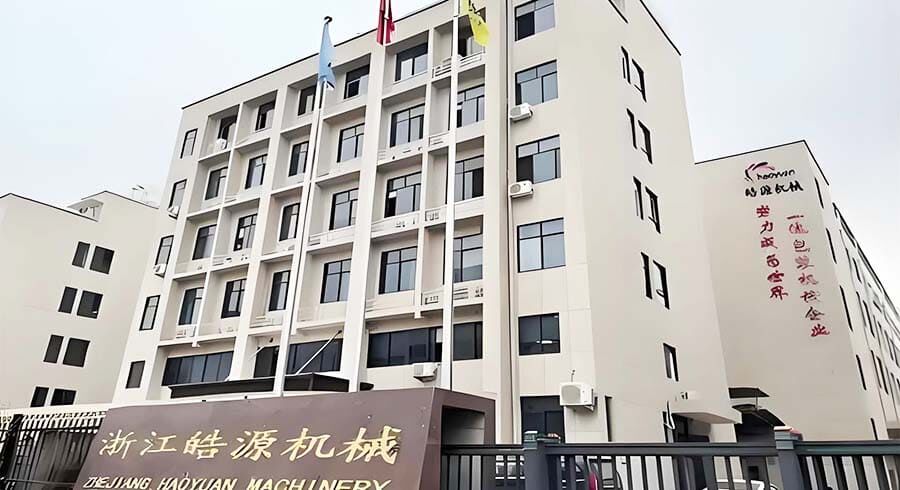
Industry Application Prospects and Strategic Value of Shrink Wrapping Machines
Shrink wrapping machines are rapidly evolving from specialized equipment to core infrastructure in the global supply chain, with application prospects covering six key sectors. In the food and beverage industry, the equipment is indispensable for meeting the anti-theft sealing requirements of FDA/FSMA regulations, and improving the presentation and shelf life of fresh food and beverage products, especially the surge in demand for ready-to-eat food portioning, which has brought about sustained growth. Power. Medical field relies on its aseptic sealing ability to safeguard the safety of surgical instruments and drugs, with the implementation of pharmaceutical serialized traceability regulations (such as DSCSA), the medical device packaging market is expected to maintain an 11% CAGR from 2023 to 2030. CAGR.
The e-commerce logistics segment is showing explosive demand for equipment to optimize e-commerce fulfillment efficiency through bundled packaging of multiple items and to provide loss prevention transportation solutions for books and electronic products - This is in line with the global e-commerce packaging market that is expected to reach $84.7 billion by 2027. The electronics industry is utilizing anti-static (ESD) shrink film to protect precision circuit boards, while high-gloss film enhances the consumer electronics unboxing experience, and the popularity of Internet of Things devices will continue to drive demand.
The industrial manufacturing scenario presents a double innovation: heavy-duty heat shrink tunnel machines replace traditional bundling methods to stabilize large goods (e.g., automotive parts), while shrink cluster packaging of spare parts reduces material waste by 30% compared to plastic blisters. The value of applications in the agricultural and chemical sectors focuses on moisture-proof sealing (seeds/fertilizers) and anti-theft packaging for hazardous chemicals.
